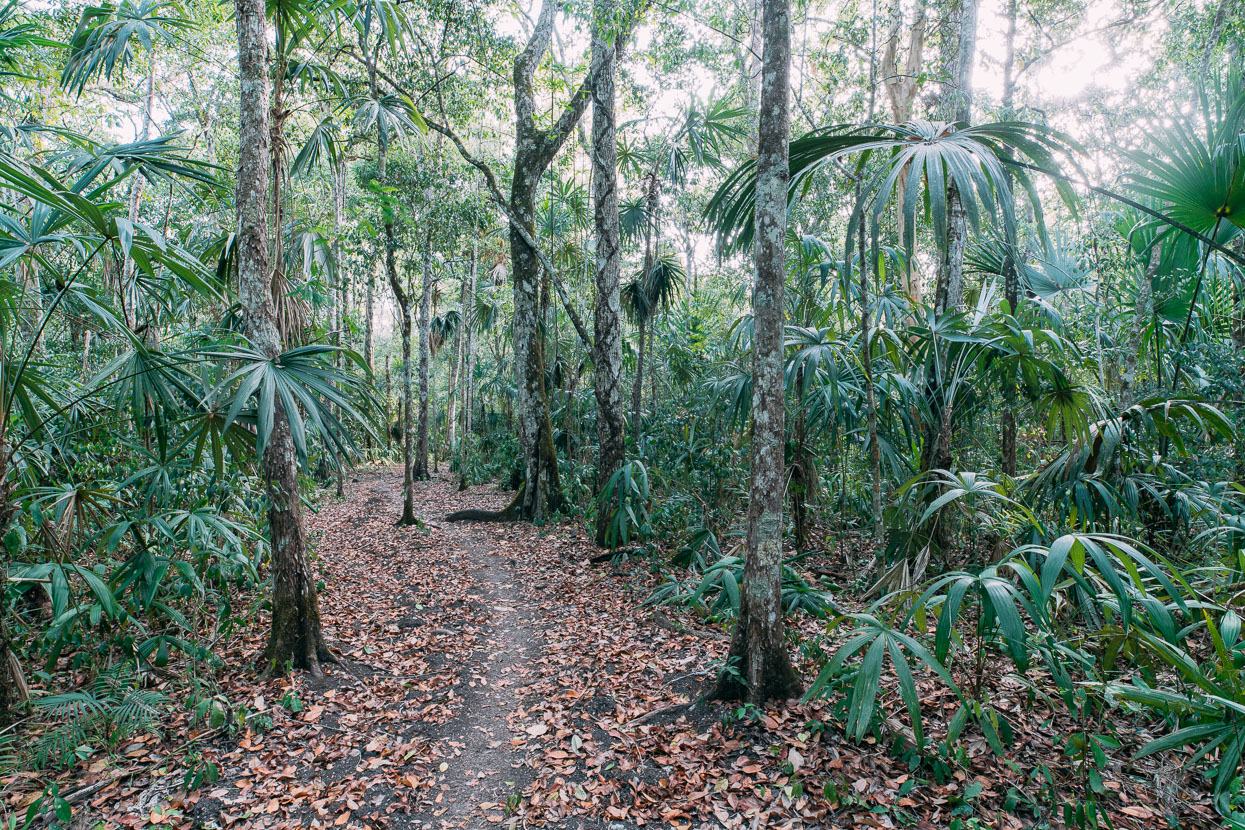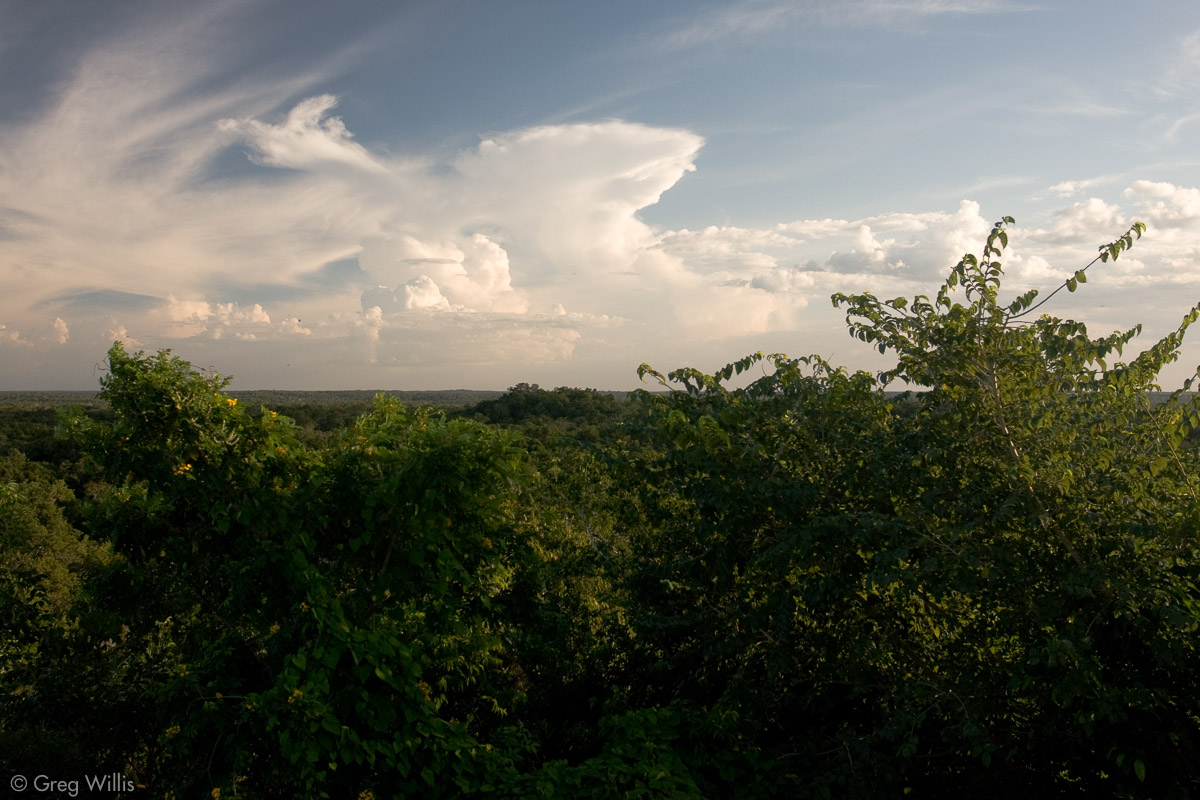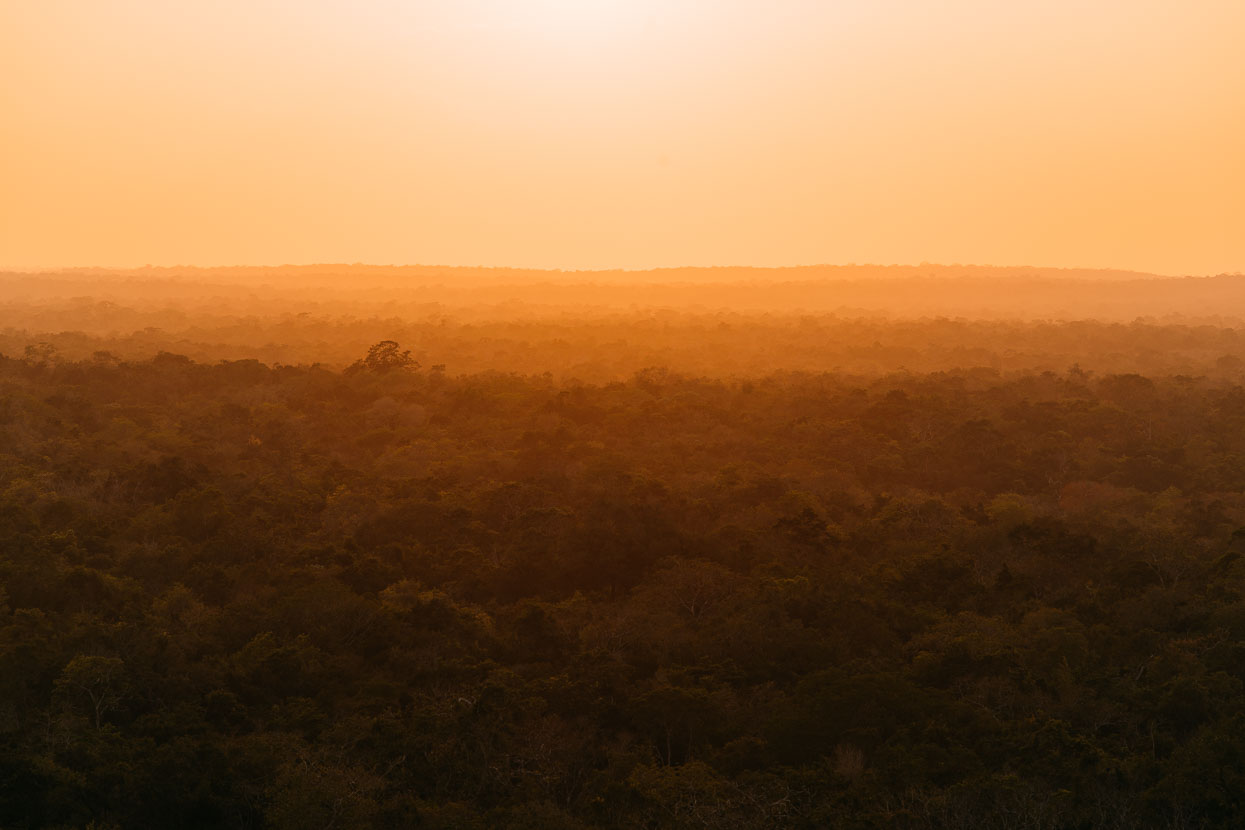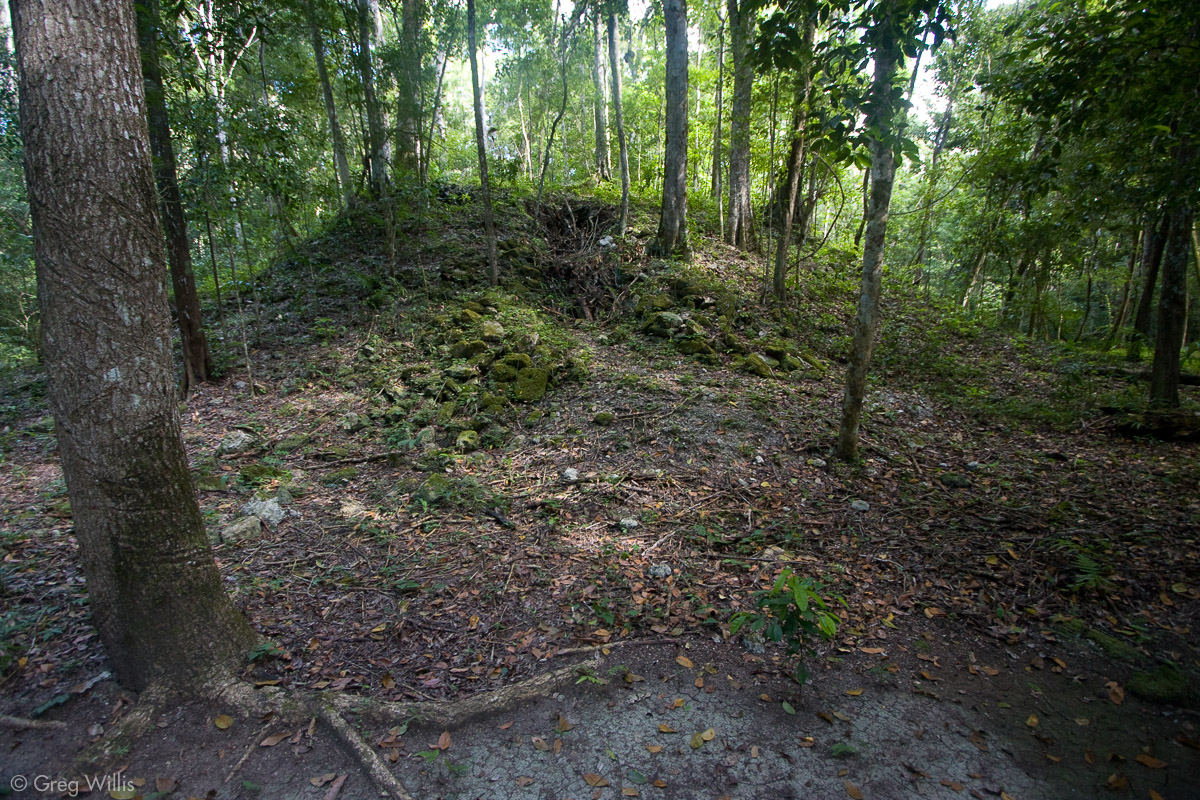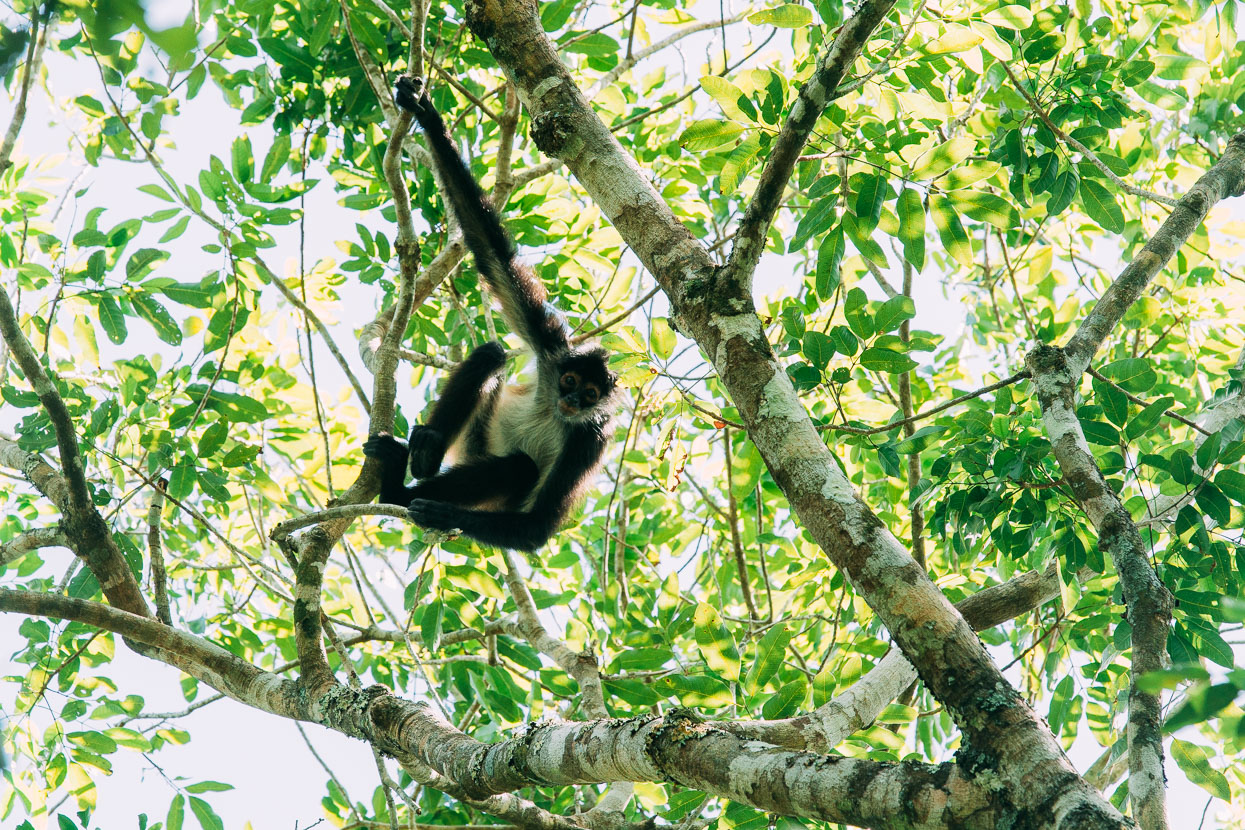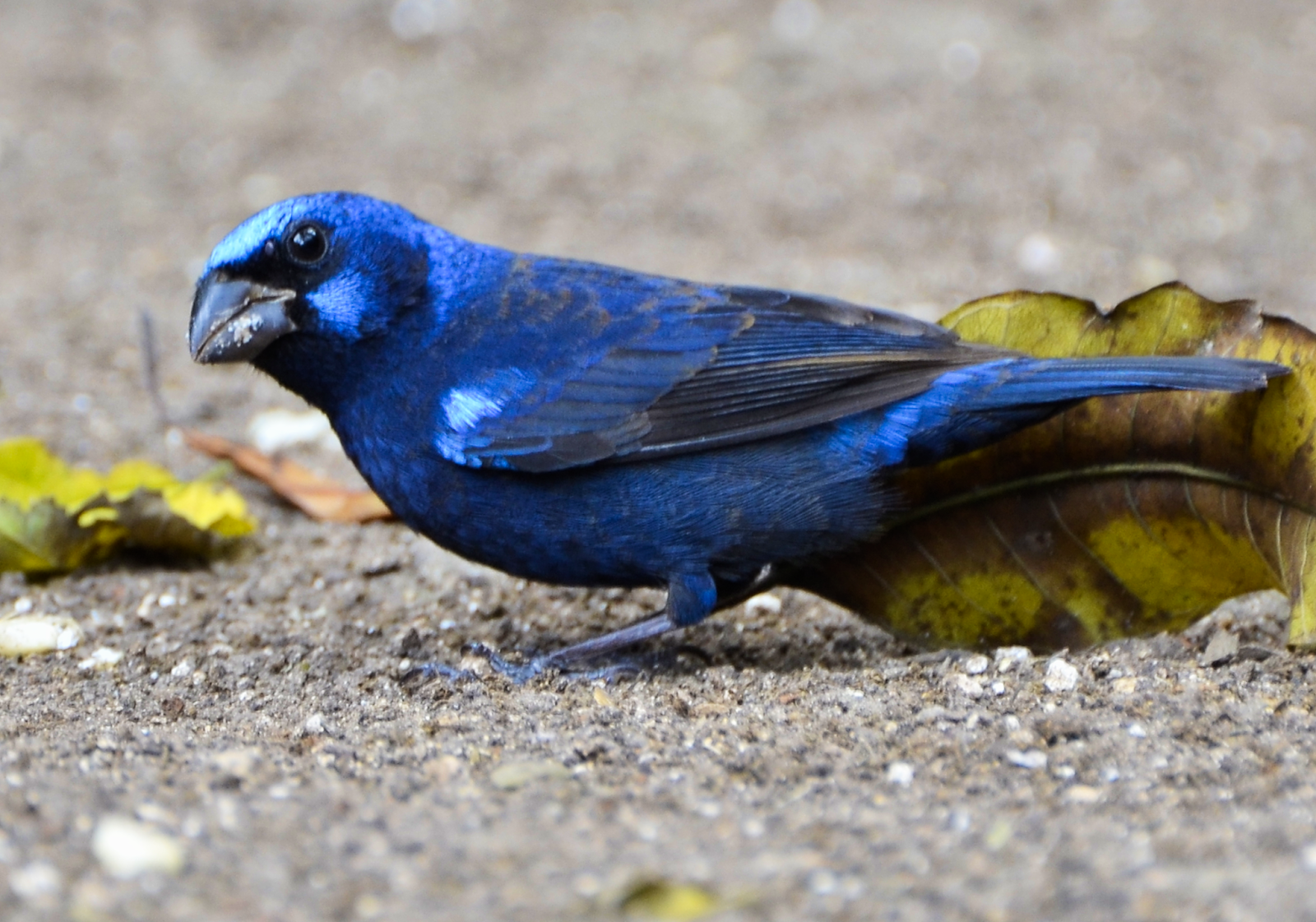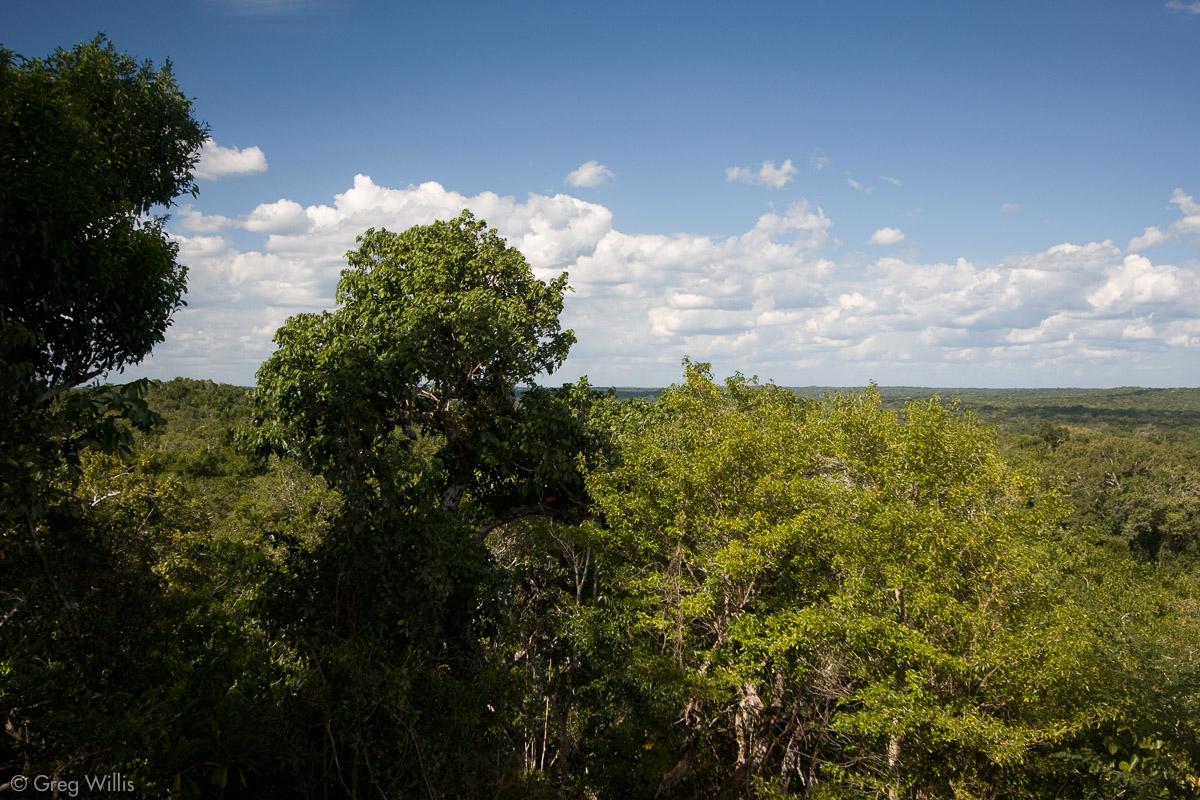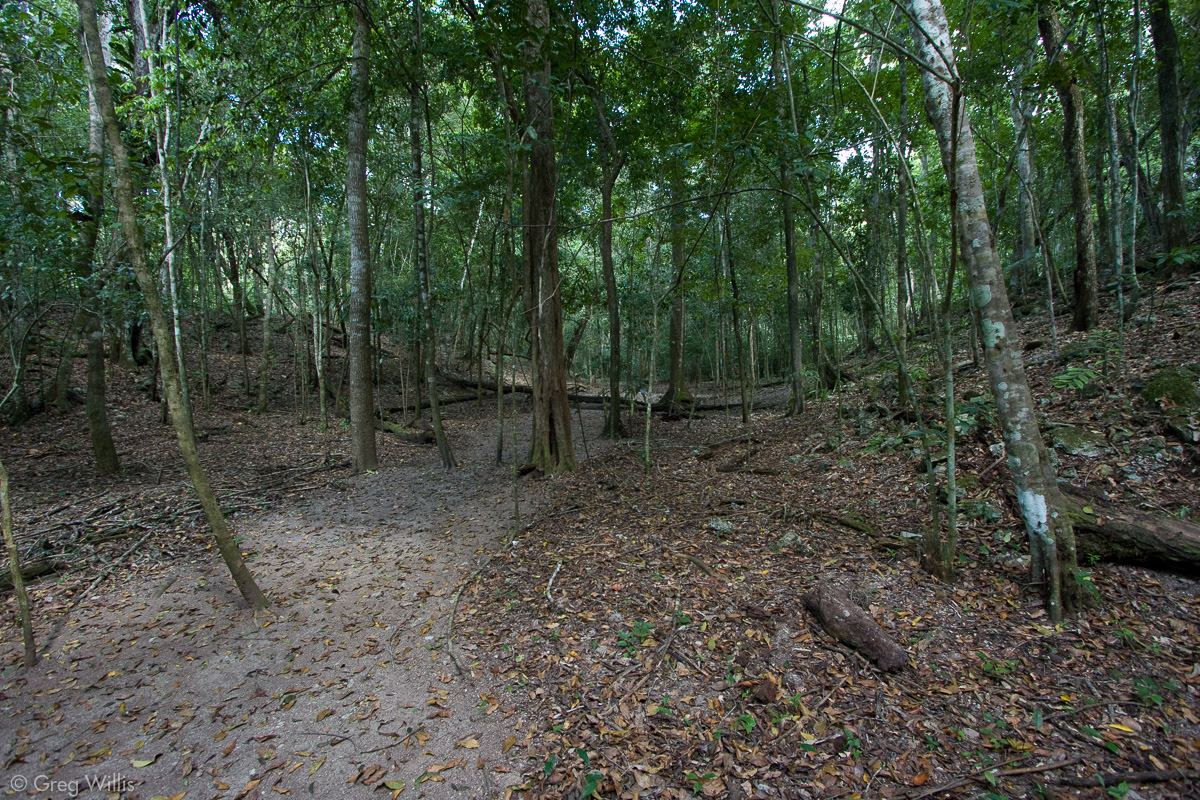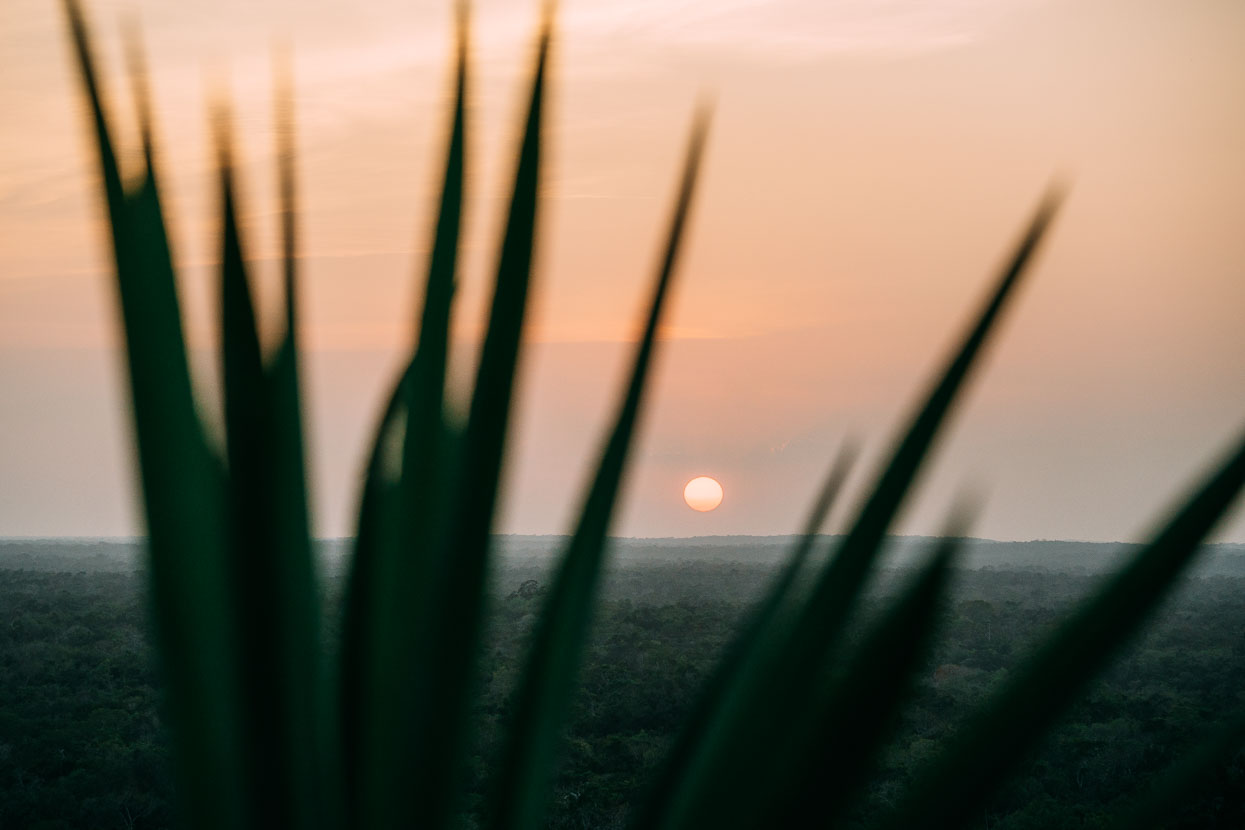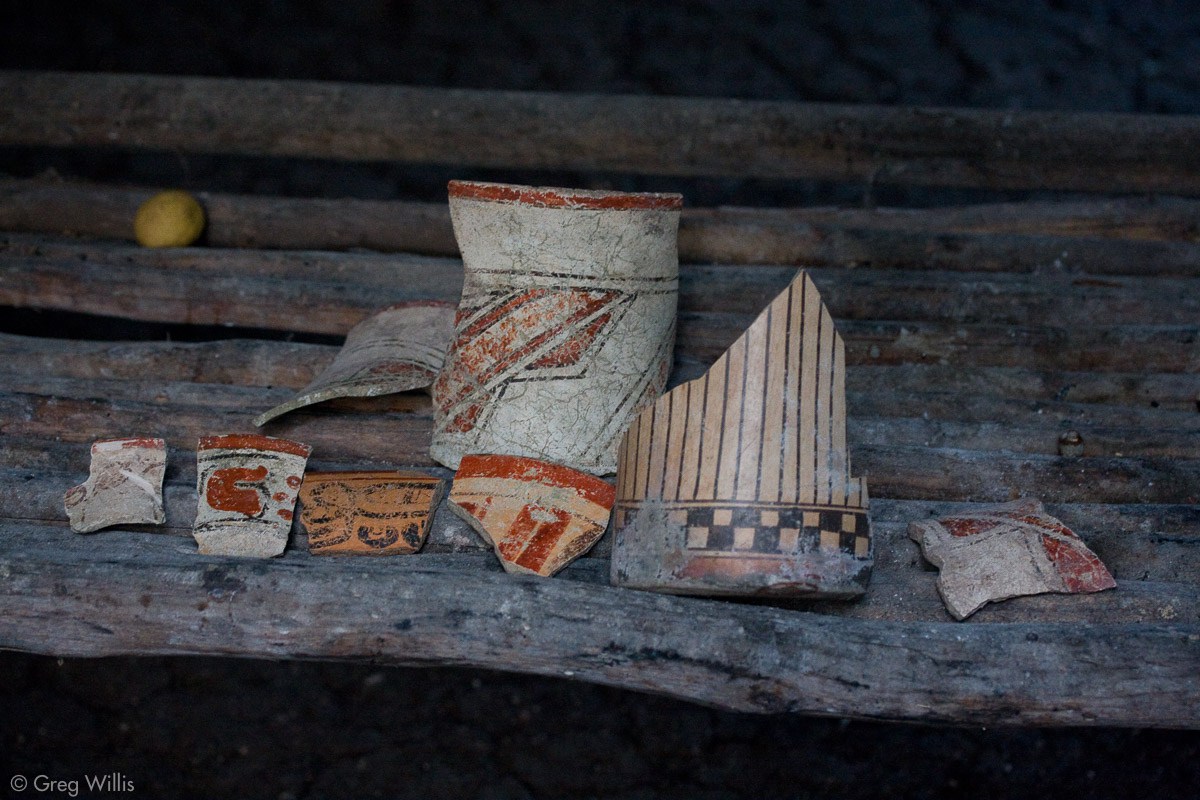El Tintal
It consists of more than 850 buildings that include groups of Triadic Pattern, the Acropolis, a Ball Game, large palaces and a huge artificial ditch that surrounds the city and that guaranteed water supply throughout the year. The Jade road connects the two most important sectors and marks the main axis of the city.
Like other settlements in the region, its inhabitants took advantage of the natural elevations to develop the buildings, built platforms, leveled the hills and drained the streams, adapting the landscape to their needs.
Its architecture, the outline of the city and the wealth of archaeological materials demonstrate the importance of El Tintal throughout its history.
Taking advantage of the landscape: water control
The society of El Tintal took advantage of the natural resources of its environment, within an urban complex planning system, which today it can still be appreciated.
They took advantage of the rock to build plazas, foundations and buildings, which they complemented with perishable materials such as wood and palms. To avoid flooding, the ancient inhabitants of El Tintal designed a complex hydraulic system, channels were built for the distribution of water between the architectural complexes, homes and crops, which eventually drain to the lower east and west.
Around the Mano de León Complex, the inhabitants of El Tintal built a large artificial ditch, which in addition to controlling the level of rainwater, it was very useful as a defense mechanism, limiting access to the city center.





